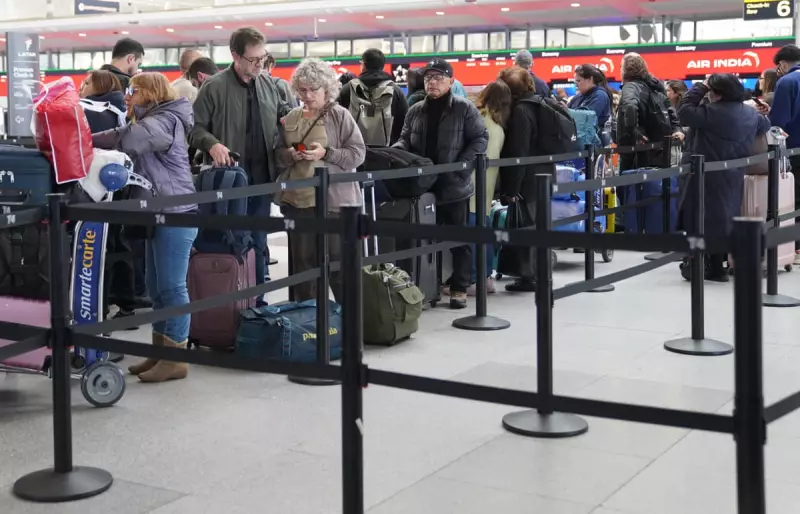
A severe staffing crisis among air traffic controllers has forced the Federal Aviation Administration (FAA) to implement dramatic flight reductions at 40 of America's busiest airports, triggering widespread travel disruption across the nation.
What's Behind the Aviation Meltdown?
The unprecedented measures come after years of persistent understaffing in critical air traffic control facilities. Controllers have been working mandatory overtime for months, leading to exhaustion and safety concerns that regulators could no longer ignore.
The staffing shortfall has reached critical levels, with many facilities operating at 50-70% of their required capacity. This chronic understaffing has created a perfect storm that now threatens to derail the entire US aviation system.
Which Airports Are Affected?
The flight reductions span coast to coast, impacting major hubs including:
- New York's LaGuardia and JFK airports
- Chicago O'Hare International
- Los Angeles International
- Atlanta Hartsfield-Jackson
- Dallas/Fort Worth International
Regional airports serving key business centers are also facing significant cuts, with some expecting reductions of up to 30% in daily flights during peak travel periods.
Passenger Impact and Travel Advice
Travelers are facing a cascade of challenges:
- Massive flight cancellations and delays
- Skyrocketing airfares on remaining routes
- Overcrowded airports and extended wait times
- Limited rebooking options for affected passengers
Experts are urging passengers to check flight status frequently and allow extra time for travel. Those with flexible plans are being advised to consider rescheduling non-essential trips until the situation stabilises.
Long-term Solutions in Question
While the immediate cuts aim to ease pressure on overworked controllers, the aviation industry faces deeper structural issues. The FAA's recruitment and training pipeline has struggled to keep pace with retirements and growing air travel demand.
Aviation analysts warn that without significant investment in staffing and technology, these disruptions could become a recurring feature of American air travel for years to come.
The current crisis serves as a stark reminder of the essential role air traffic controllers play in keeping our skies safe and moving. As one industry insider noted, "We've been flying closer to the edge than most passengers realise—now we're seeing the consequences."





